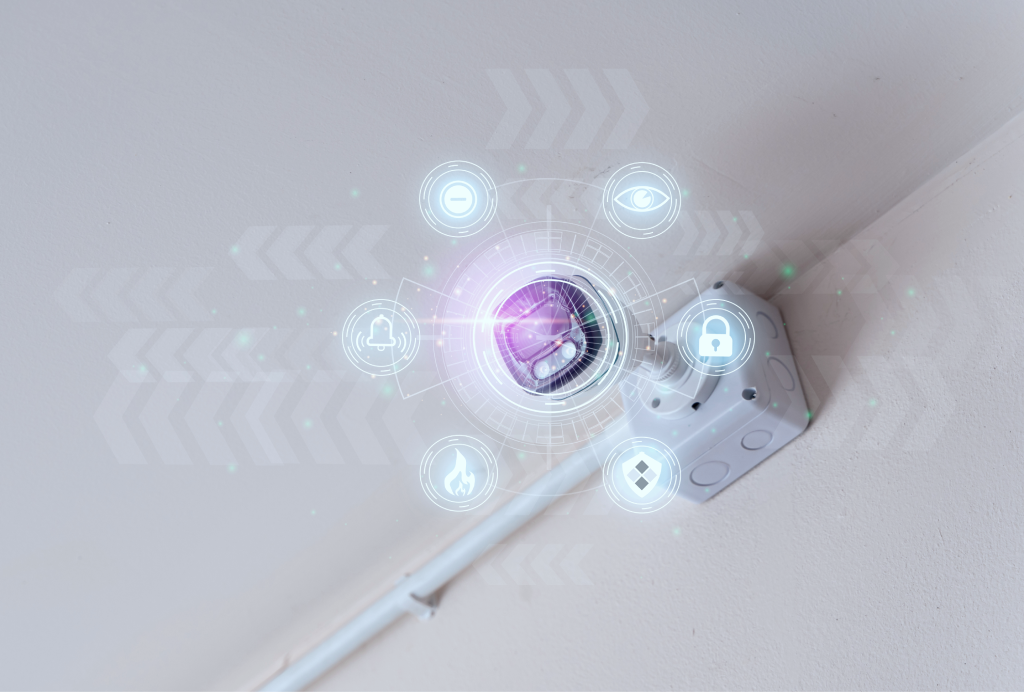Introduction
When IoT devices become more pervasive, so are the security challenges they bring. The integration of AI into cybersecurity has been a critical remedy to these emerging perils.
The Rise of IoT Devices and Vulnerabilities
Billions of IoT devices in operation mean the potential attack surface can be huge. The main reason for hackers targeting such devices is that many of them have security controls that are weak; hence, businesses are left open to data breaches.
AI’s Role in Securing IoT Devices
AI strengthens threat detection through the detection of patterns and anomalies in real-time. AI models can predict vulnerability and automatically respond to security risks.
Emerging Cybersecurity Threats to IoT
- Botnet Attacks: AI helps in detecting malicious traffic coming from infected IoT network devices.
- Data Privacy Breaches: AI-driven encryption solutions protect sensitive information.
- AI-Powered Malware: Counter-AI technologies help in defending against sophisticated malware.
Benefits of AI in IoT Cybersecurity
- Proactive Threat Detection: The learning nature of AI will remain updated with the ever-evolving cyber threats.
- Automation of Responses: The AI systems neutralize threats with literally no need for human intervention, hence saving time.
- Improved Encryption: Much stronger encryption protocols for IoT networks can be designed using AI.
Conclusion
In the near future, integration of AI into cybersecurity will become imperative, with more and more IoT devices starting to emerge, hence helping companies stay ahead of cyber threats.








